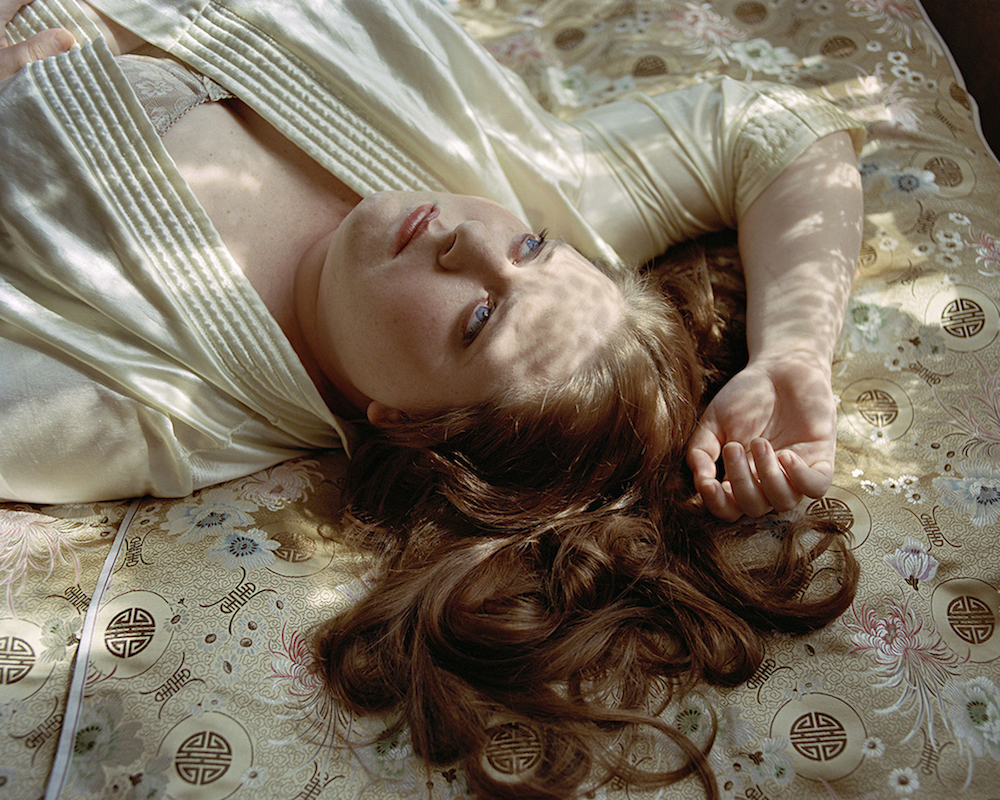Aaron Blum is an eighth-generation Appalachian, and very proudly steeped in that heritage. Well aware of the skewed perceptions of his home turf, the photographer explores what it means to be from this region in his multidimensional work. Born and Raised is his first long-term project, gathered at two different intervals. The photographs feature hushed landscapes and portraits of his family and friends, who each play slightly overstated versions of themselves within embellished interiors and exteriors.
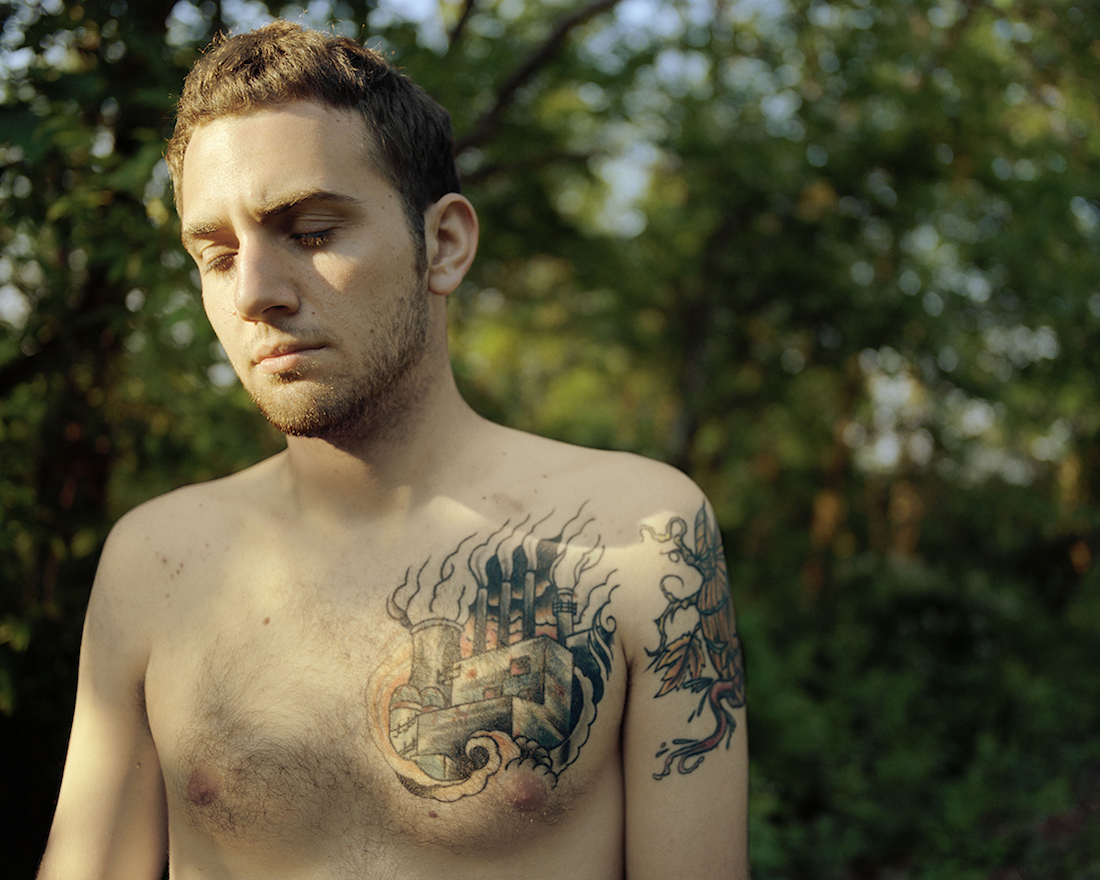
Born and Raised was selected for FOAM Talent 2015, one of the 21 shortlisted projects by photographers under age 35. With his work on view at l’Atelier Néerlandais in Paris (November 11-December 20), Blum spoke about his inextricable connection to his roots, the way painting led him to photography, and the subtle distinction between fiction versus reality.
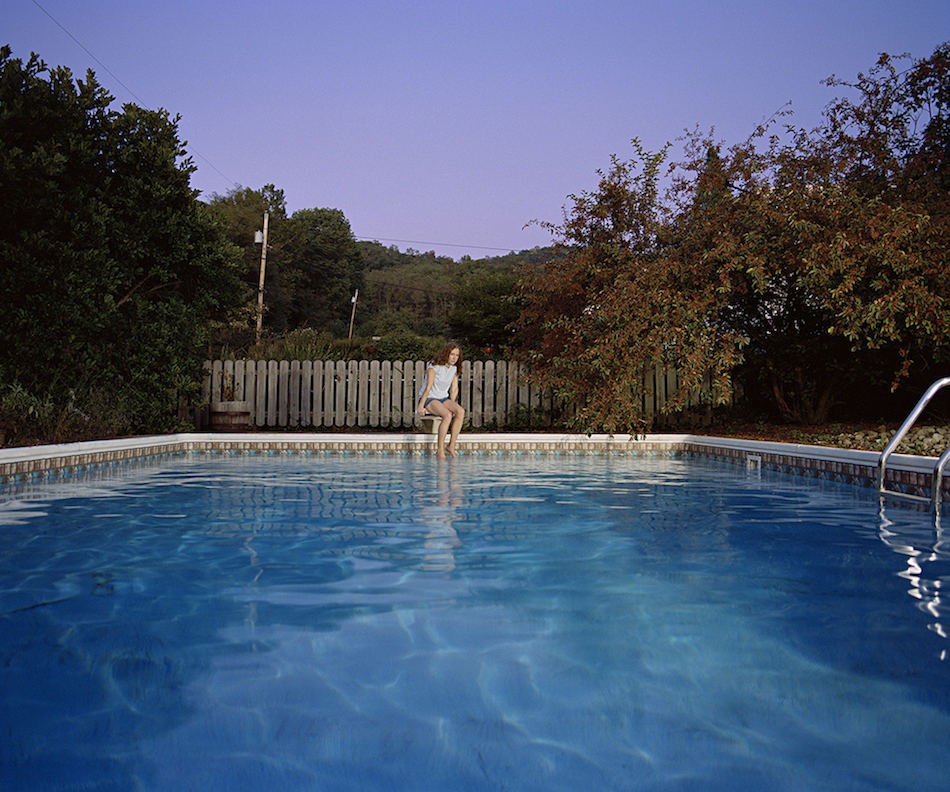
How did you become interested in photography?
My family is very creative, but my parents are not artists. I have had a few photographers in the extended family, and a lot of very skilled wood workers including my father, but my family was a little different from the standard Appalachian family. My father is a doctor and his father was a doctor and his father was a doctor. My sister and I are both artists. Go figure. I started Born and Raised in the first place because my heritage was so different than the stereotype.
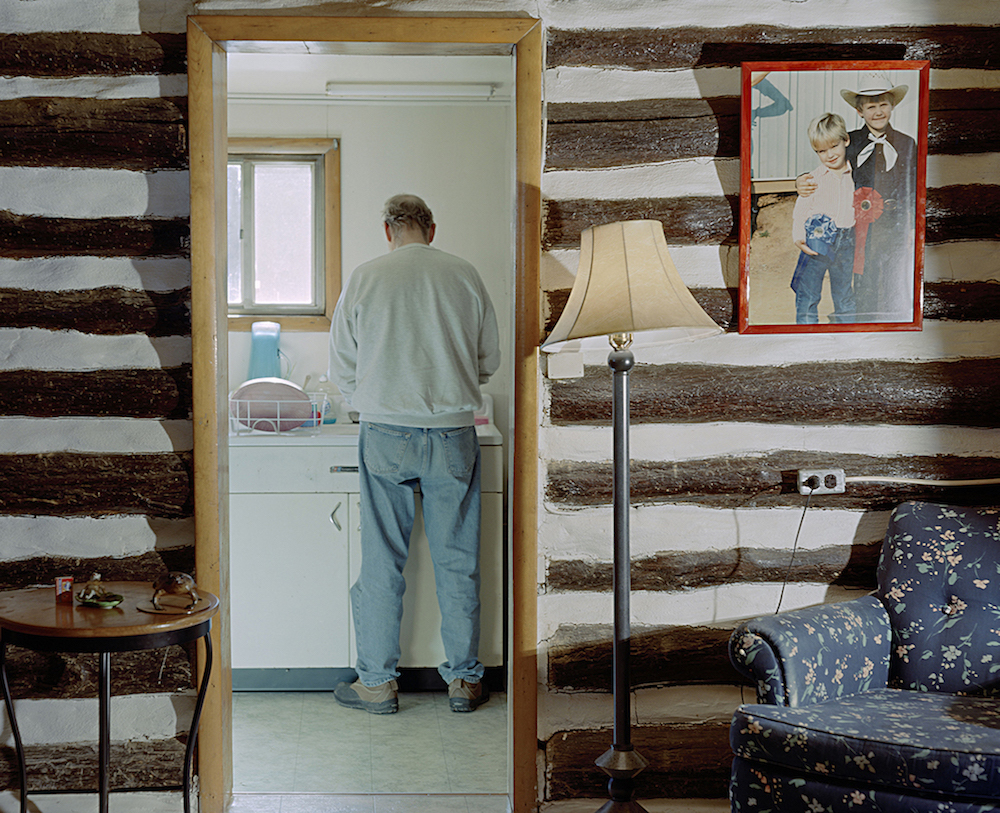
I always liked photography, and started taking photos when I was in high school, but didn’t get serious until I got to college. I became interested in photography really because I wasn’t good enough to become a painter.
Which photographers—and creative people more generally—do you admire?
I would have to say my favorites are Gregory Crewdson, Alec Soth, Doug Dubois, Mark Steinmetz, Christian Patterson, Todd Hido, and Taryn Simon, to name a few. Painters: I love all of the Hudson Valley School. I really love a lot of poetry as well: Maggie Anderson is amazing. The Coen Brothers and Wes Anderson are people I love.
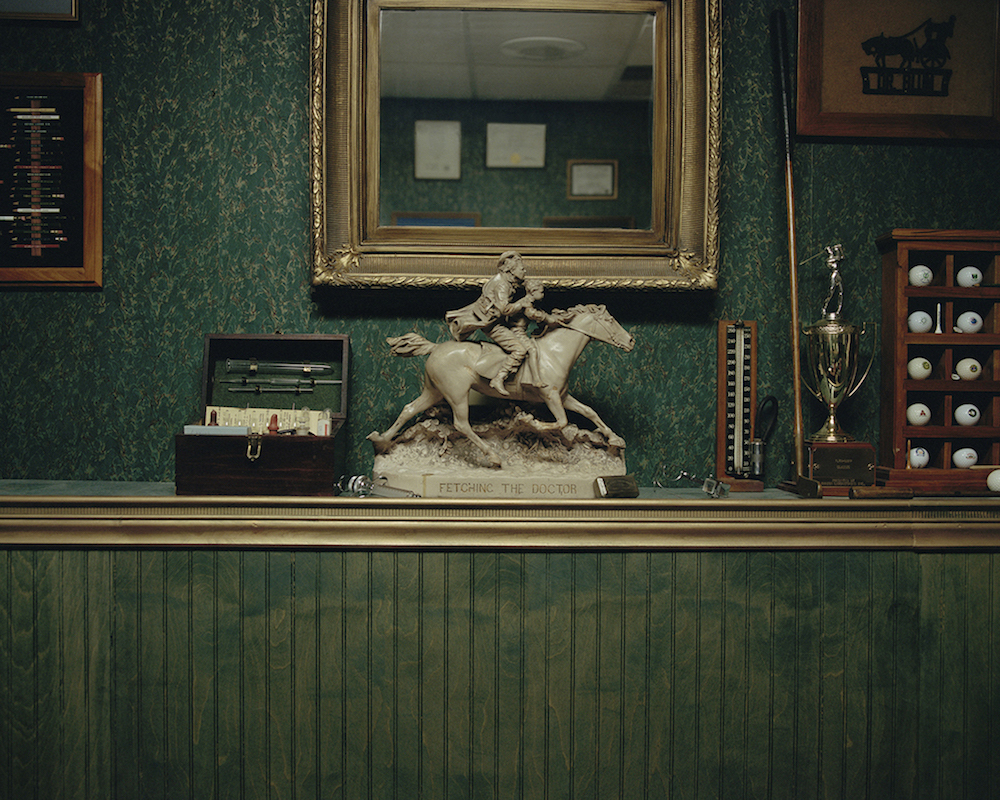
In your personal statement for Born and Raised, you describe your vision of Appalachia as being at least partly swayed by “the false impressions of others.” Could you explain?
The best example is the “The Scare Crow.” This image is exactly how I found it Thanksgiving day in 2011. I was driving to my parent’s vacation cabin, which is in a very isolated part of West Virginia. When I saw it I was terrified. I thought it had to be some type of backwoods satanic ritual. I knew I had to make the image, but I was very uncomfortable about it. It was on someone else’s land, and they clearly seemed to be deranged. All I could think about was every stereotypical murderous hillbilly movie I had ever seen. As I started to take the photographs, a man with a shotgun came walking down the lane. I immediately threw my huge camera into the car, still attached to the tripod, and left as fast as I could. To this day, it is the only time I have ever come close to conflict while photographing, and it is still my biggest regret while shooting. I feel I should have stayed and talked to him. I’m sure he was worried about why there was a stranger on his land without permission. I later found out that hanging a crow like this is an old Appalachian way to deter other crows from eating crops; it is where the term scarecrow comes from. I had misunderstood the entire event.
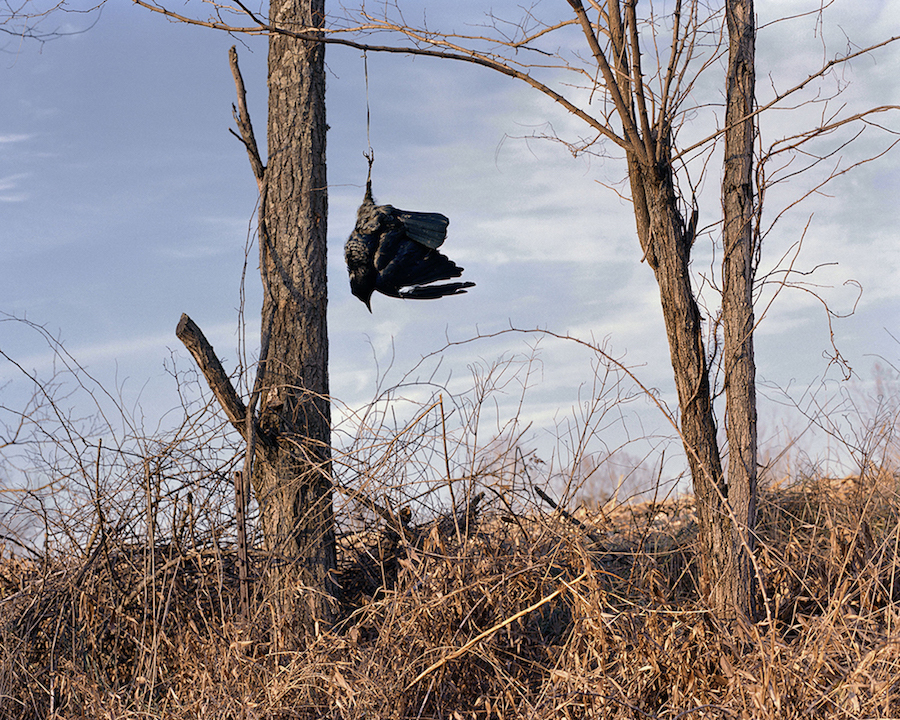
Your work thus far has been absolutely intrinsic to place—do you want to keep exploring where you’re from, or could you imagine doing a series elsewhere?
I am not sure if I could make work that isn’t about Appalachia. I think I could make work that isn’t specifically in the region, but it would probably be about the region. I think it will take a lifetime to try and come close to understanding what it means to truly be Appalachian, and for me that is the goal.
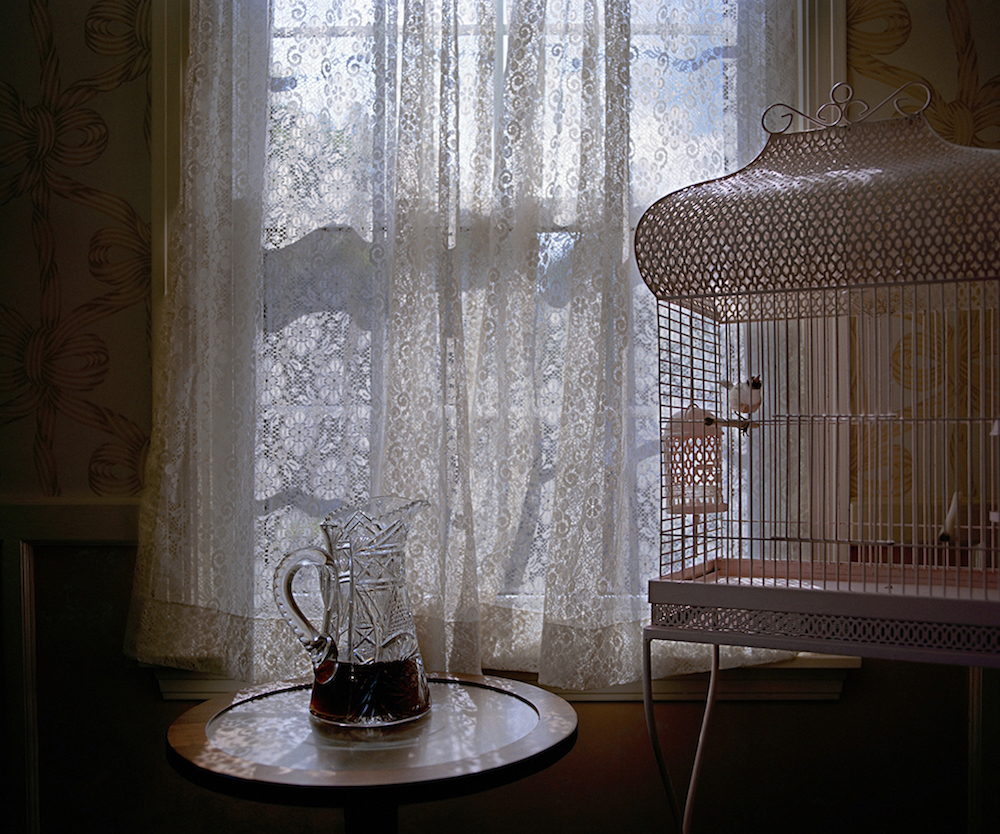
You do two subseries entitled, respectively, typology and taxonomy. How do you see photography as mixing with scientific study of a community?
In a nutshell, I think that the taxonomy project comes from the idea that we hold on to regional identity through storytelling (fables, tall tales, etc.) and through language or regional words. Use of dialect is where the scientific element comes in, a way in which we can pass on our “Appalachianness” to future generations. A lot of this has died out because of the internet and globalization and so on, but those moments that still happen are important. So cataloguing these instances becomes a way for me to further explore the ideas of Appalachian identity.
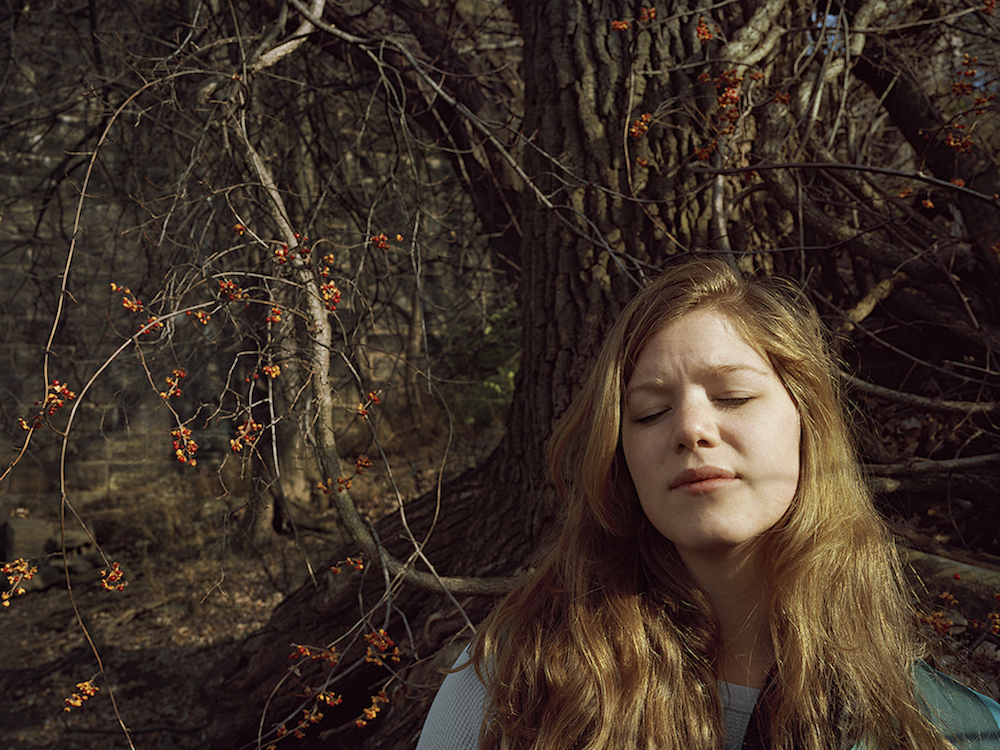
What do you hope viewers ultimately learn about this region?
I’m not sure I want them to learn as much as question what they think. I have learned that you can’t be sure of anything: attitudes and facts are constantly changing, like any culture. And it is so big you can’t ever really represent it. I want people to look at my work and see a mysterious and beautiful place that is both real and fictional—and perhaps reevaluate what it means to look at a culture through photographs in general.
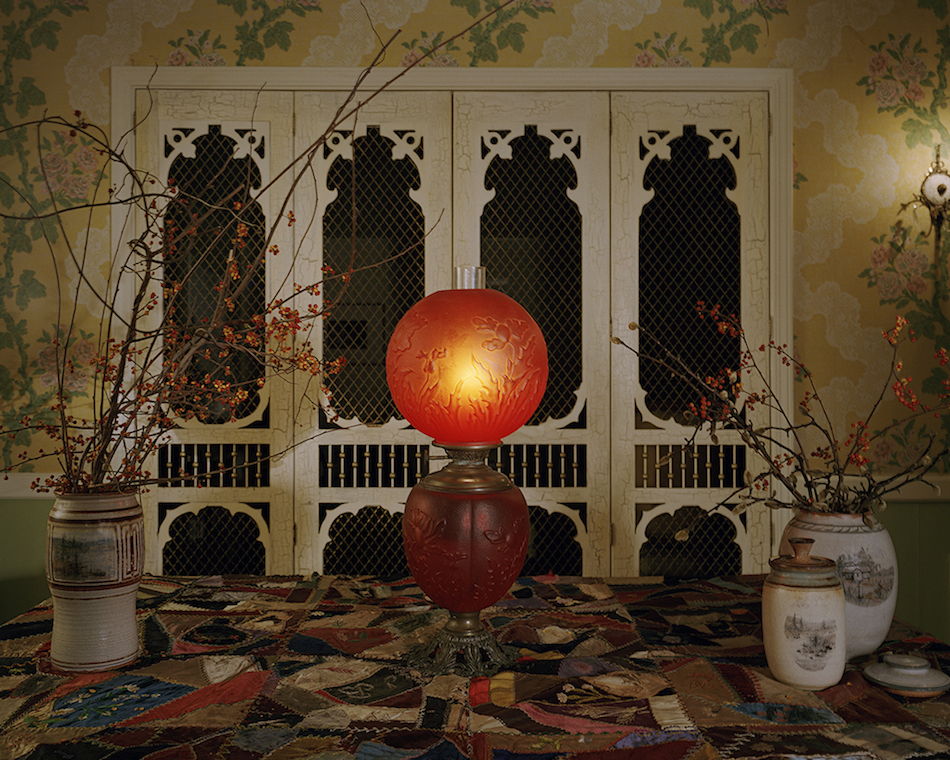
You work as a photography teacher. What do you drill into your students?
Visual literacy! Understanding the symbols you are producing is the most important part of image creation. Photography is a language; learn how to speak it with precision.
Understanding that the meaning of your photograph is in the viewer’s interpretation: your understanding and context of the image created does not automatically transfer over to the viewer. That, and check your histogram.
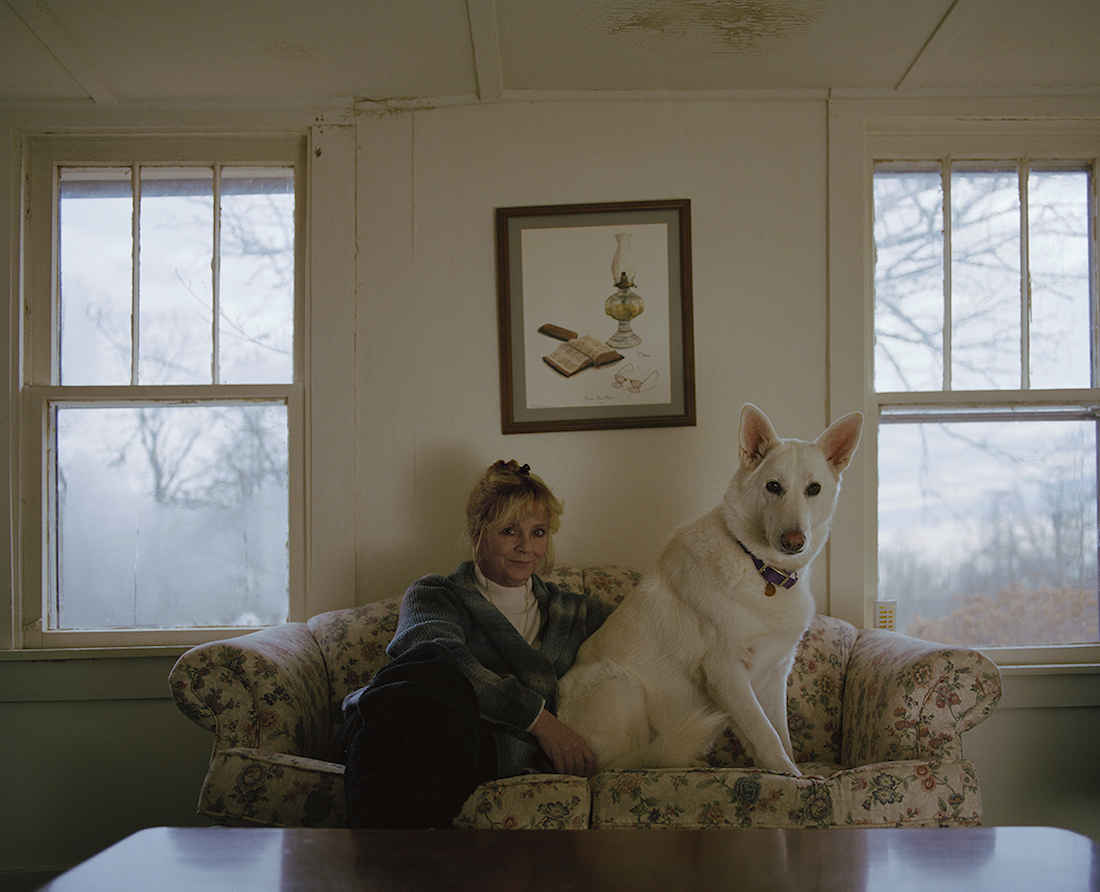
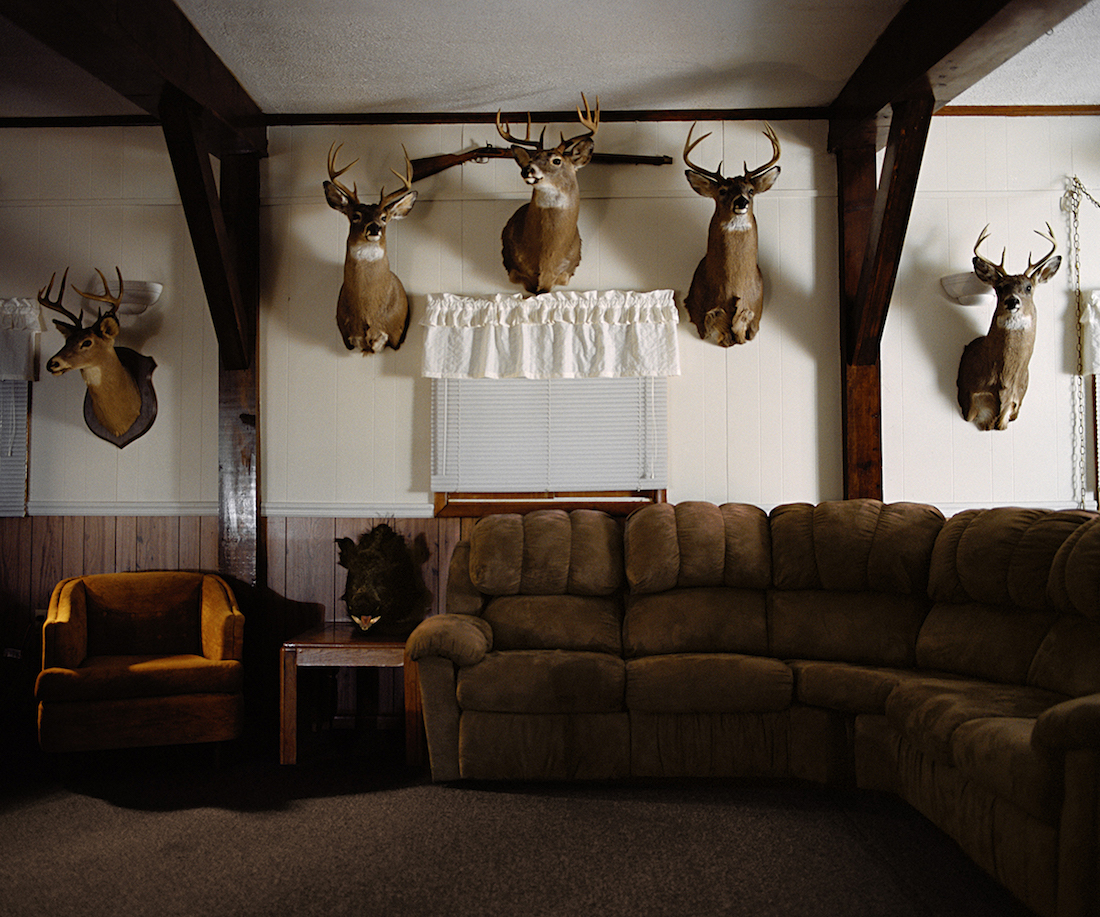
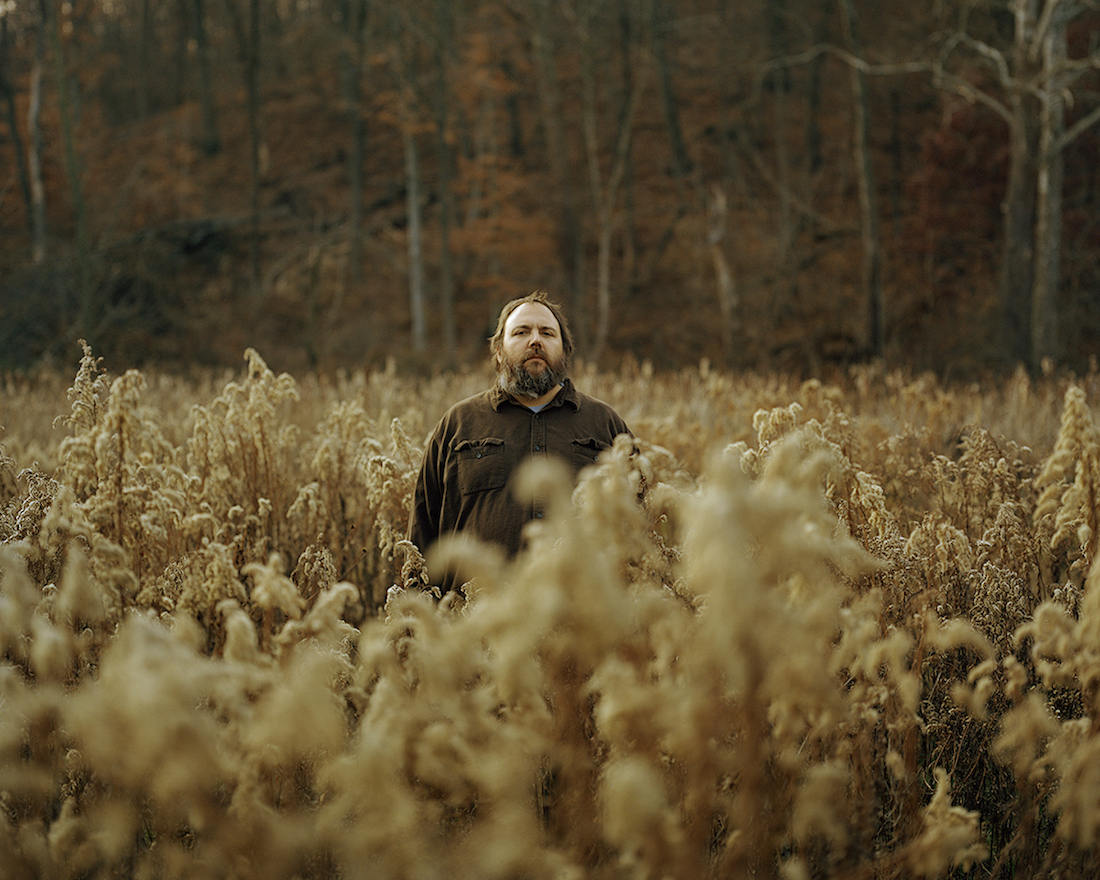
Credits
Text Sarah Moroz
Photography Aaron Blum
